Dry Eyes

Dry eyes are easily one of the most common symptoms of Sjogren’s Syndrome. When the tear glands get inflamed, this prevents water from reaching the eyes. In turn, this makes them itchy, irritated, and red. It can be hard to deal with, but persistence with eye drops can usually provide temporary relief.
Some people have it worse than others, however. Sometimes the symptoms can become so severe that it feels as though there’s sand in your eyes. The eyes could become red and swollen. Severe dry eyes can also cause corneal ulcerations, scarring, and infections when not taken care of properly.
Dry Nose
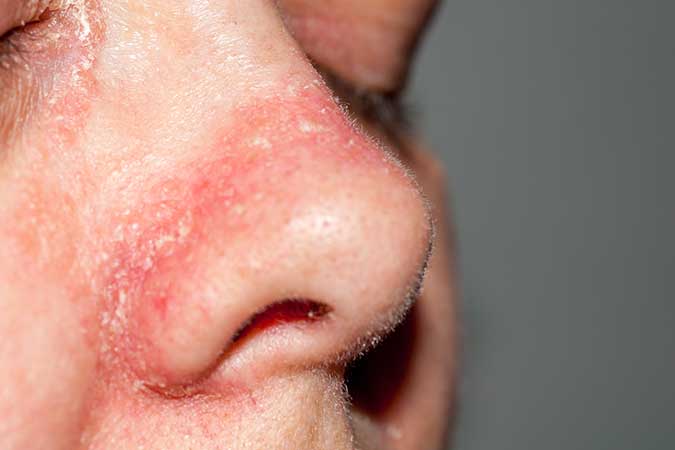
A dry nose can be an especially embarrassing and aggravating symptom, especially for those that suffer from seasonal allergies. Having a chronically dry nose can cause several problems, from nose bleeds to recurrent sinusitis (or sinus infections).
Living in a high humidity environment can often help those that suffer from dry nose. Doctors will often recommend purchasing a humidifier to use throughout the day and night. In addition to that, nasal cleanses can clear out any debris in the nose.
Dry Mouth
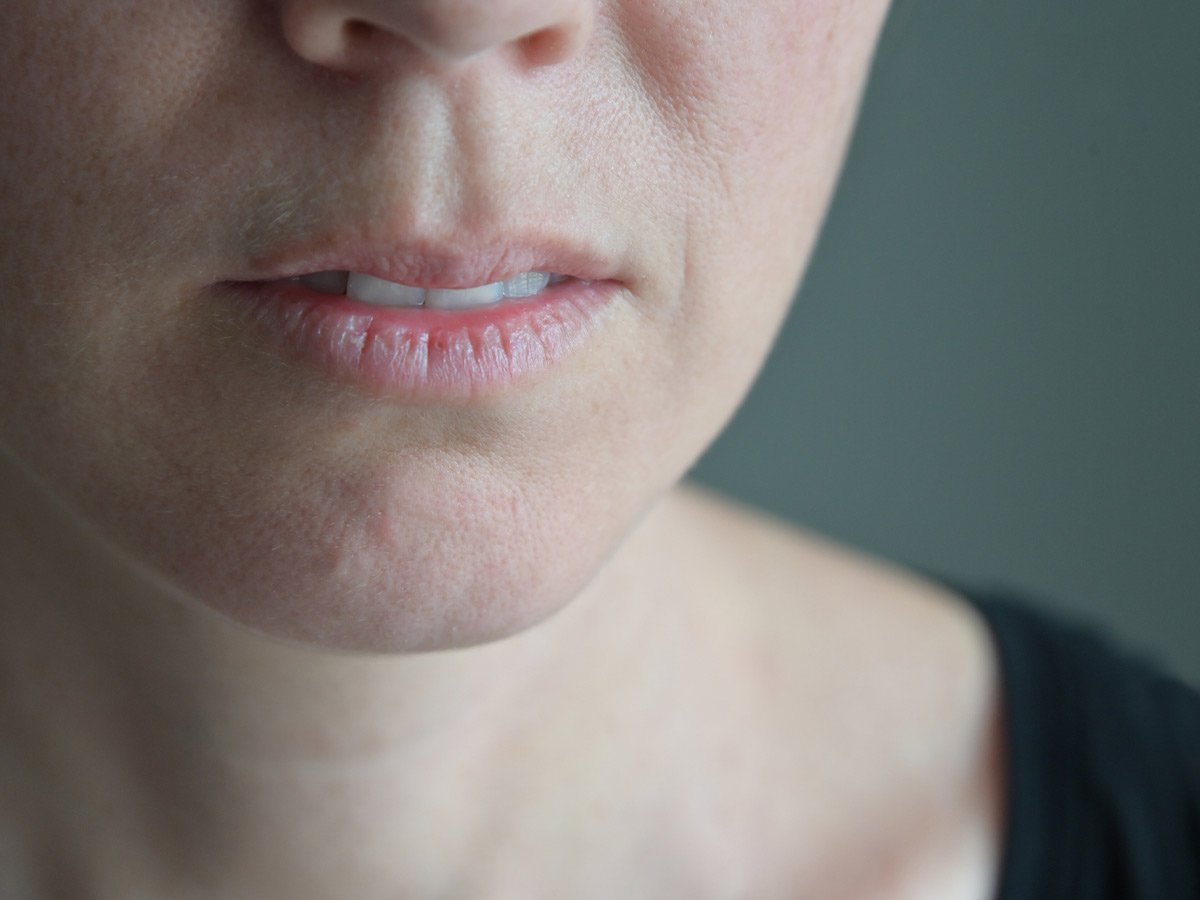
Dry mouth can be a little harder to tolerate. Sjogren’s attacks the glands that produce saliva, which makes the mouth extremely dry. Doctors may prescribe chewing sugar-free gum, sucking on lozenges, or using Biotene toothpaste products.
For those with more extreme forms of dry mouth, a salivary substitute may be necessary. Ignoring a dry mouth could result in a number of issues, most notably dental decay. The mouth relies on saliva to keep our mouths healthy.
Dental Decay

Not only does Sjogren’s cause a decrease in saliva, but it also decreases the quality. Saliva is a natural lubricant that keeps our mouths healthy because it neutralizes acids and rinses away bacteria. When it’s not there, the bacteria and acids sit on the teeth and eat away at our enamel.
It isn’t uncommon for those who have Sjogren’s to also have dental issues from cavities to receding gumlines. At times, it can be extreme dental issues that could require a root canal. This is why saliva substitutes are necessary to keep the mouth healthy.
Swollen Glands
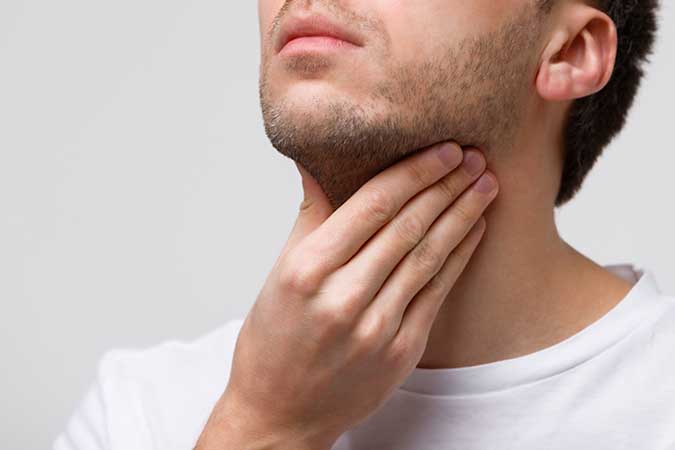
Sjogren’s syndrome attacks the glands, so naturally, the glands in the neck, face, armpits, and groin can swell. When the glands in the neck swell, it almost looks as though the person has mumps. The most common glands to swell are those located behind the jaw and in front of the ears.
That’s not the only thing Sjogren’s patients need to look out for. According to the medical journal Medicine, Sjogren’s also increases your risk of developing non-Hodgkin’s lymphoma, or cancer of the lymph glands.
Skin Rashes
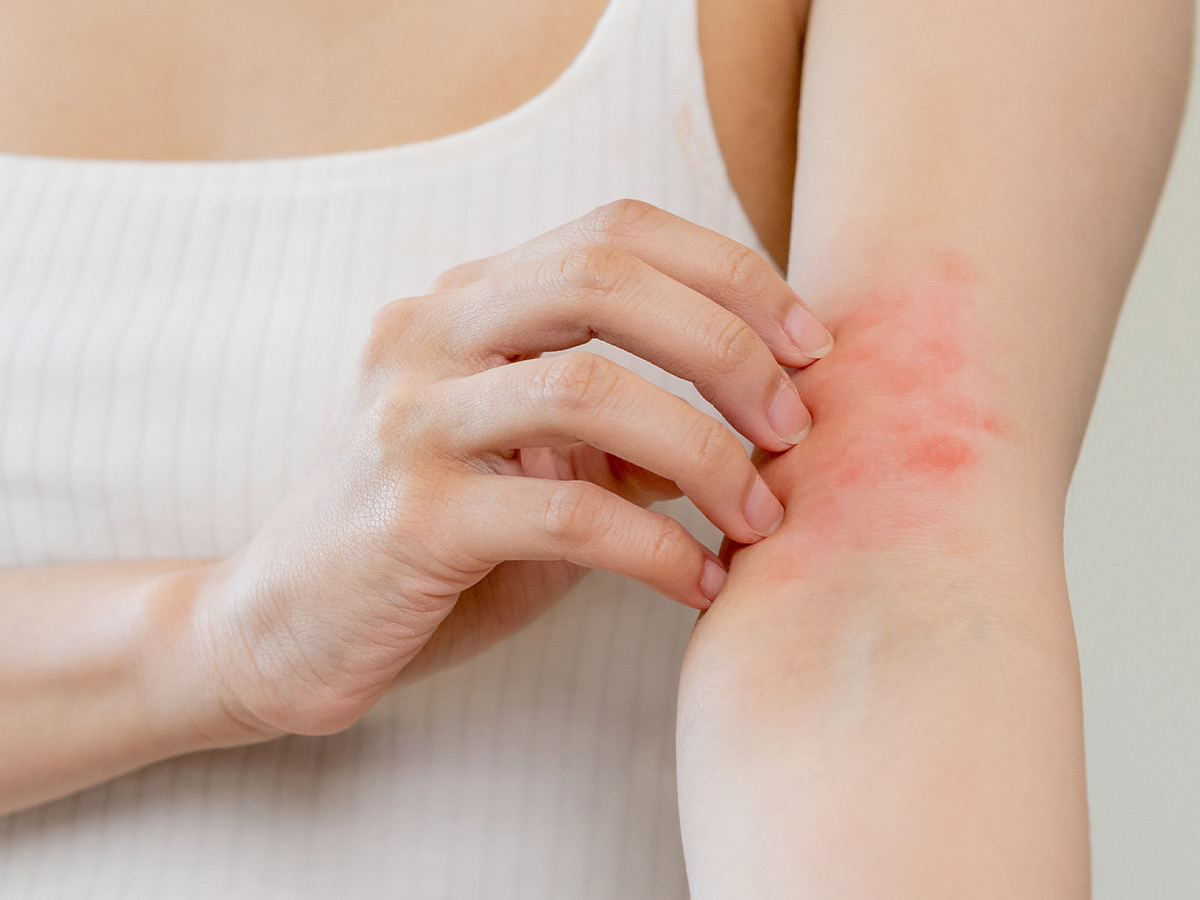
Skin rashes commonly occur in those with Sjogren’s syndrome. Unlike other autoimmune disorders, rashes caused by Sjogren’s don’t follow a particular pattern and can exhibit a variety of ways. The most common skin rashes are clinically dry skin or eczematous dermatitis (skin inflammation).
It’s caused by the skin’s moisture barrier being destroyed. Gentle skincare routines are absolutely necessary to prevent further damage. When caring for the skin, take short showers while avoiding excessively hot water. Doctors encourage the use of gentle soaps that won’t strip the skin.
Kidney Problems

According to Sjogren’s Syndrome Foundation, about 5% of people with this disorder will develop kidney problems. The cause is inflammation in the kidney tubules, where urine is collected and becomes acidic. For Sjogren’s patients, the urine doesn’t become acidic enough and can result in kidney stones.
Because those with this disorder are encouraged to drink more liquids, they may also experience increased urine production. The body isn’t concentrating the liquids, so more bathroom trips are required.
Joint and Muscle Pain

Joint and muscle pain are one of the hardest symptoms to deal with, but it’s certainly a symptom of Sjogren’s. Many doctors are hesitant to diagnose Sjogren’s Syndrome with joint and muscle pain as there are so many medical disorders that cause this symptom.
Unfortunately, it’s one of the more common symptoms, which can make patients feel unheard. The pain isn’t consistent and can flare up without warning. The tenderness and swelling can be likened to inflammatory arthritis.
Fatigue

One of the most common complaints for Sjogren’s patients is fatigue. Unfortunately, there isn’t one easy fix for this symptom since the cause can be a number of things. Some of the common causes of fatigue, including the weather, regular flare-ups, stress, and more.
Basic exhaustion is day-to-day fatigue and can vary in severity. Another very common type is rebound fatigue, which is caused when a patient pushes their body too hard one day and is forced to rest the next. Listening to your body and taking proper medication is the best way to combat Sjogren’s-related fatigue.
Numbness and Tingling

Sjogren’s can cause what’s called peripheral neuropathy. This is inflammation of the nerves and results in numbness, tingling, coldness, and even a burning sensation in the extremities. Neuropathy can also cause weakness and clumsiness in some, depending on severity.
According to Rheumatology Advisor, peripheral neuropathy is so prevalent in Sjogren’s patients that a whopping 93% were diagnosed following an episode. The same article also stated that this symptom is 10 times more common in women than it is in men.
Dry Skin

Dry skin is one of the most common symptoms of Sjogren's syndrome. It results from the decreased moisture production by glands, which can lead to parched, flaky skin.
While not life-threatening by any measure, dry skin can affect your quality of life, causing general discomfort. It can even lead to increased risk of cuts and thereby infections as well.
Feminine Dryness

In women, Sjogren’s can lead to dryness in the more intimate areas of the body. In turn, this can lead to itchiness down below and contact with the area exceedingly unpleasant.
Lubricants, moisturizers, and hormone therapy may help alleviate symptoms and improve the quality of life for those affected.
Dry Throat

Dry throat is another prevalent symptom of Sjogren's syndrome, as the autoimmune condition targets the moisture-producing glands.
Dry throat can lead to persistent feeling of dryness and irritation in the throat, giving you a chronic sore throat. Hydration, lozenges, and saliva substitutes may provide some relief.
Trouble Swallowing

The dryness of the throat will often make swallowing difficult, as saliva is needed for this process. Since Sjogren’s can also cause throat infection, it is likely to be even more difficult to swallow when the throat becomes inflamed.
While keeping hydrated may be one solution for this problem, other situations may require dietary changes or even medical intervention.
Brain Fog

Brain fog, also known as cognitive dysfunction, is also a recognized symptom of Sjogren's syndrome. Sjogren’s syndrome has been known to cause difficulty in concentration, as well as poor memory and mental clarity.
Many doctors believe that cognitive impairment results from inflammation of the central nervous system. Treating this symptom usually requires addressing the larger problem causing the inflammation.
Loss of Taste

Loss of taste may occur due to salivary gland impairment and, by extent, dryness of the mouth. If you have ever had dry mouth then you already know it affects your sense of taste.
It may also be possible that inflammation and nerve damage associated with Sjogren's syndrome can alter your sense of taste.
Heartburn

Heartburn may occur as a result of acid reflux in patients affected by Sjogren’s syndrome. Without sufficient saliva production, it can be difficult for the body to neutralize acid in the esophageal lining.
Dietary changes or medications used to manage acid reflux symptoms can provide you with relief from excessive heartburn.
Sensitivity to Light

Sensitivity to light can be a huge concern for Sjogren’s syndrome sufferers, particularly when you consider all of the affected areas of the body such as the skin and eyes.
When Sjogren’s affects the eyes, it may be necessary for patients to use eye drops and protective eyewear (sunglasses) to combat this.
Liver Problems

Like issues affecting kidney’s, Sjogren’s may also affect the liver. While less common, liver diseases such as primary biliary cirrhosis and hepatitis may be associated with Sjogren’s.
Issues affecting the liver may be detectable through a liver function test ordered by your doctor. Managing liver problems will be essential as it is a vital body organ.
Lung Problems

Lung problems can occur as a result of Sjogren’s syndrome, although this is a less common complication.
One complication affecting the lungs is interstitial lung disease, which is inflammation and scarring of the lung tissue. Additionally, Sjogren’s may produce symptoms similar to bronchiolitis or pneumonia.
Potential Triggers

While the exact cause of Sjogren’s disease is unknown, certain viral infections and autoimmune diseases are believed to trigger the condition. In these cases, it is known as secondary Sjogren’s syndrome.
Viral infections such as hepatitis C, Covid-19, Human T-lymphotropic virus 1, and Epstein-Barr virus have all been known triggers of Sjogren’s syndrome. Autoimmune diseases such as lupus and arthritis can also trigger secondary Sjogren’s syndrome.
Risk Factors

Women may be most susceptible to Sjogren’s syndrome as around 90% of those affected are women, or assigned female at birth. Additionally, most affected are between the ages of 44 to 55.
Genetics also come into play as those with a family history of the condition will be more likely to get it. And as mentioned earlier, if you suffer from an autoimmune condition already, this is another risk factor for Sjogren’s syndrome.
Diagnosis
Treatment: Specialists

If you are diagnosed with Sjogren’s syndrome, you may need to see several specialists for regular care. For instance, in cases where joints are affected, you may need to see a rheumatologist.
Additionally, an ear, nose, and throat specialist (otolaryngologist) may be able to help with those affected areas, while a dentist and ophthalmologist may be consulted for treating oral or eye concerns, respectively.
Treatments: Lubricants
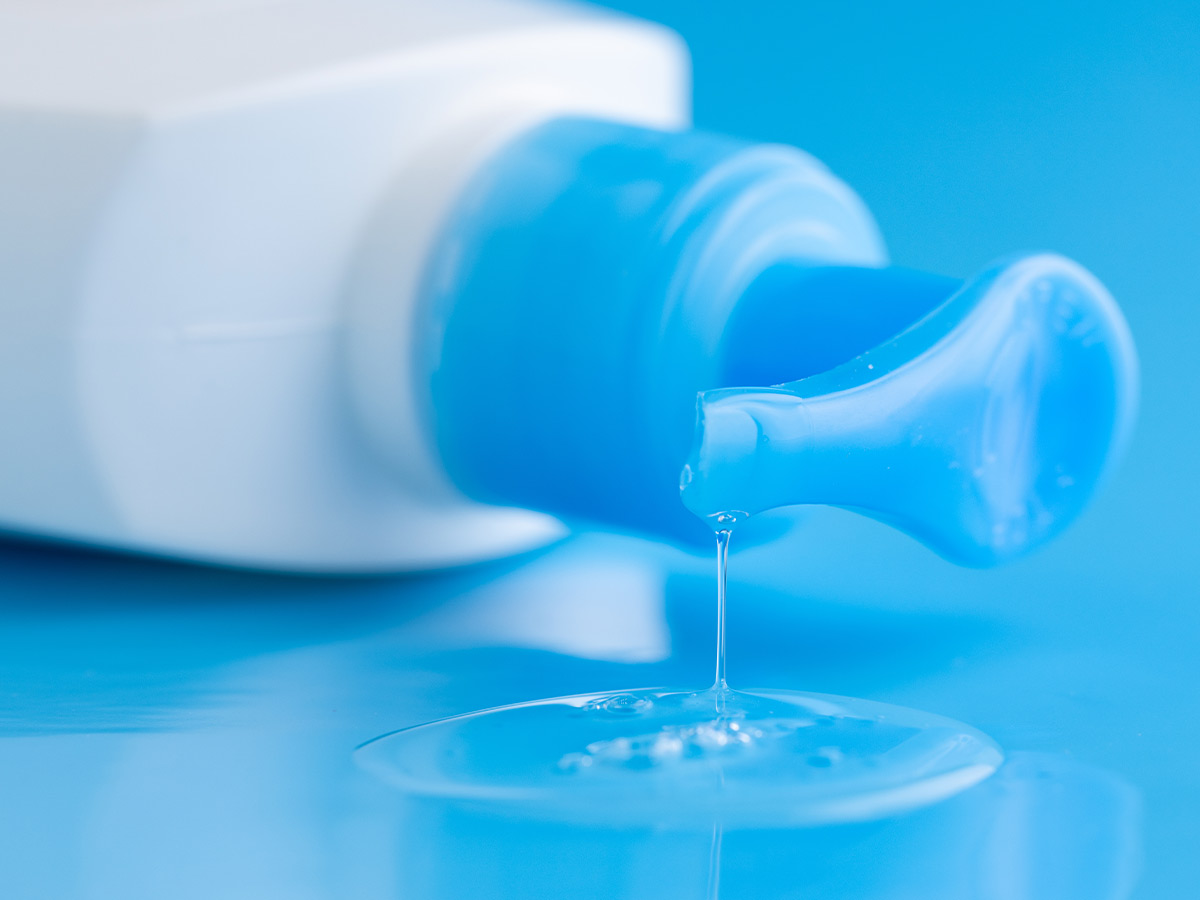
Not all symptoms may require prescription intervention. Lubricants and moisturizers, for example, may address the dryness of certain areas in the face of Sjogren’s syndrome.
Eyedrops are one form of lubricant, but you may also find lubricants for the skin and intimate areas of the body in which you are suffering from dryness.
Treatment: Intensive Dental Care
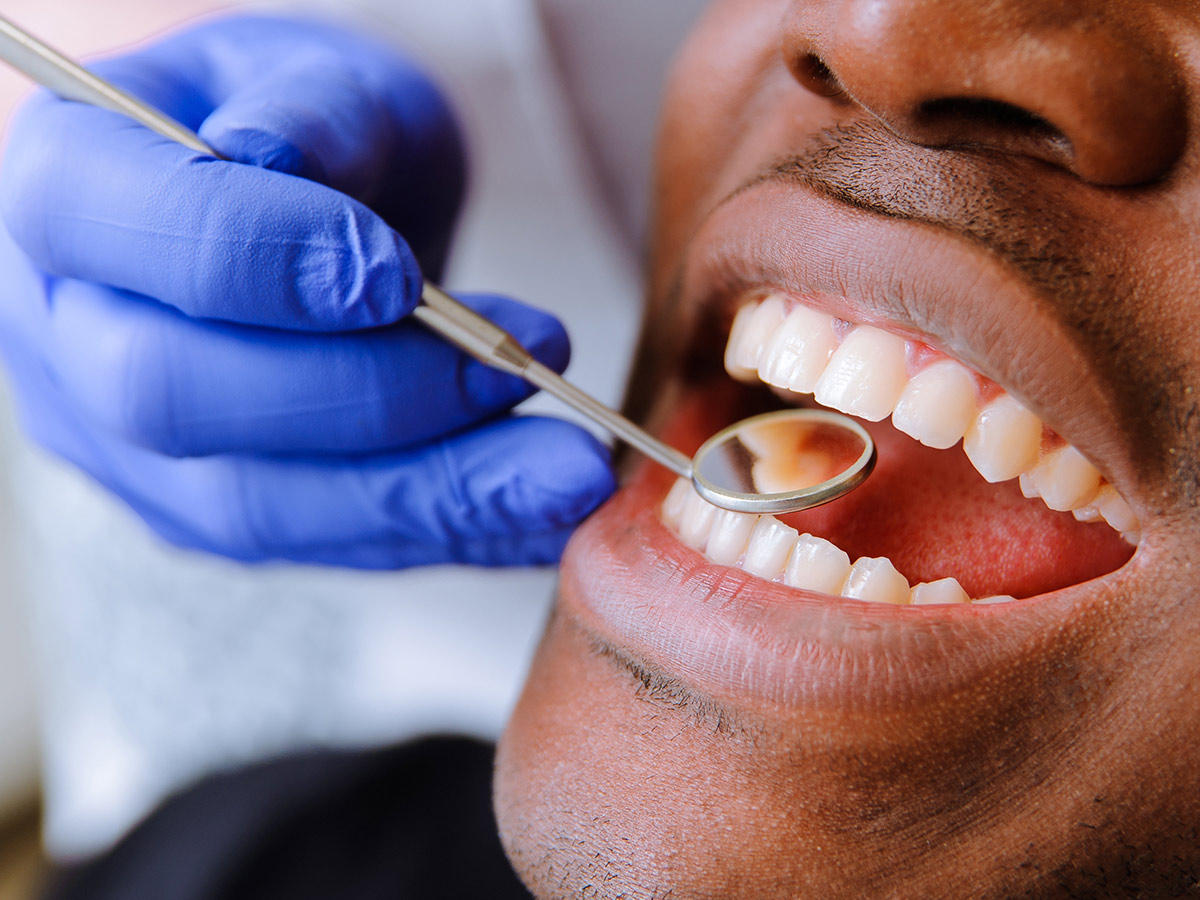
Because those with Sjogren’s syndrome are more susceptible to dental problems, you may need more intensive dental care – both self-care and expert care.
Prescription toothpaste and mouthwash may help manage dental care at home. Meanwhile, you may need more frequent dental check-ups and cleanings at your dentist.
Treatment: Hormones and Supplements

Hormone therapy can address issues like feminine dryness that may be caused by a hormone imbalance. Increasing estrogen can help combat unpleasant symptoms associated with dryness of these intimate areas.
Additionally, supplements may be able to help with skin and eye health for a holistic approach. And on top of that, you can find saliva supplements that can help with dry mouth, as well as lozenges and chewing gums.
Treatment: Pain relievers

Over-the-counter pain relievers and sometimes prescription-strength medications, usually NSAIDS such as acetaminophen and ibuprofen, can help relieve pain and inflammation for those showing Sjogren’s symptoms.
However, it is generally advised that you do not take these medications for more than 10 days in a row unless recommended by a doctor.
Treatment: Corticosteroids
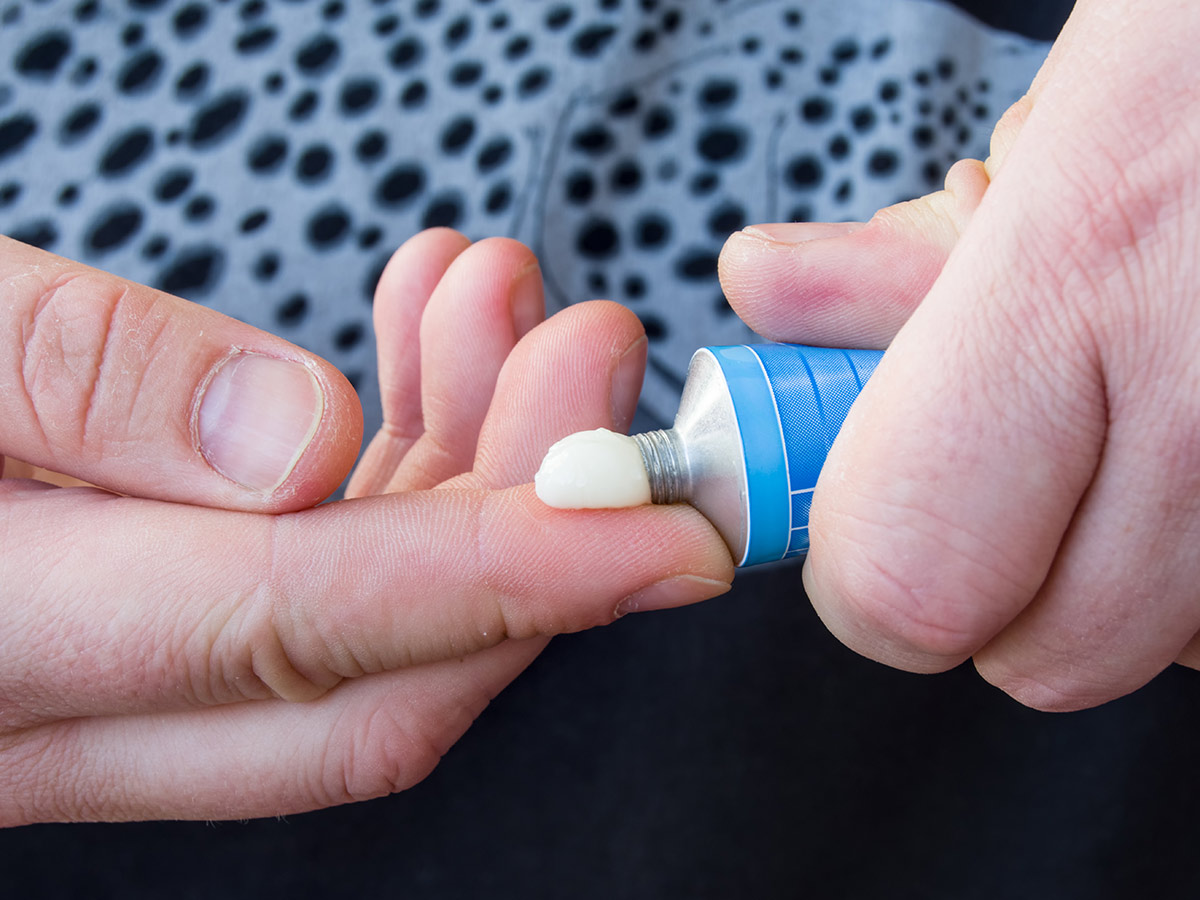
Corticosteroids may be prescribed to handle inflammation that is causing symptoms that cannot be relieved by over-the-counter medications.
Corticosteroids are anti-inflammatory medications usually administered by an injection or taken as a pill. Injections may be given in a doctor’s office, while pills will be taken at home as directed by a doctor.
Treatment: Immunosuppressants

Like corticosteroids, immunosuppressants calm your immune system down. However, they are not without their differences in how they work and how they are used.
Corticosteroids are a temporary fix for specific symptoms, while immunosuppressants are generally a long-term solution for managing conditions like Sjogren’s.
 Author
Sherrill Dean
Last Updated: November 28, 2025
Author
Sherrill Dean
Last Updated: November 28, 2025
